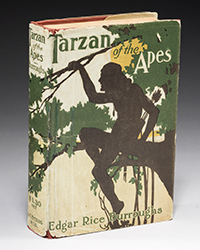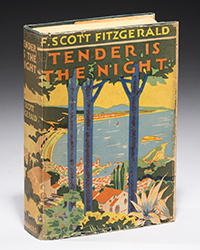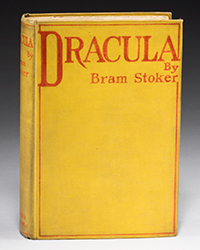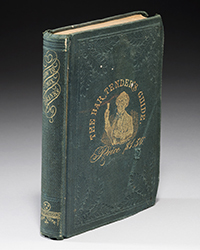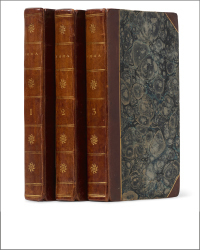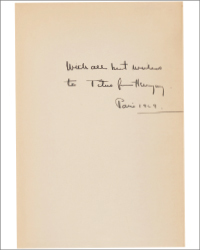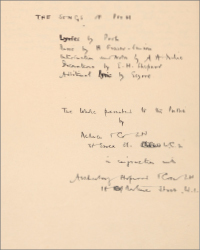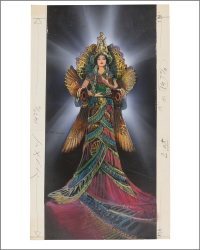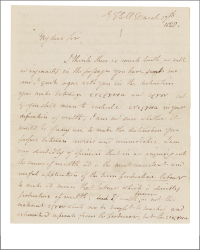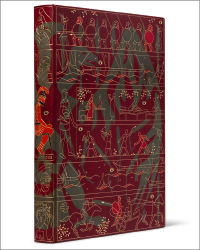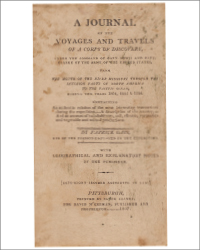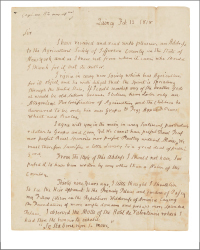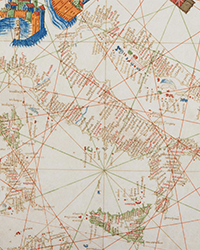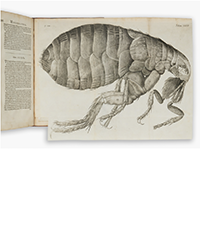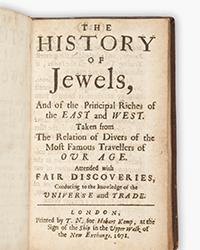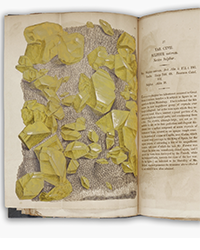The story of the most lovable French rascal Louis-Dominique Cartouche (1693-1721) became a personal obsession after I first wrote about him on this very website two years or so ago. I had bought an early 19th century copy of his classic biography that brought back childhood memories: the movie of Philippe de Brocca (1963), and especially my gorgeous Claudia Cardinale. But reading many informative and interesting books about the first Public Enemy No. 1 in French history, I felt frustrated by their overall poor literary quality. Indeed, the lives of petty criminals was yet a vulgar topic left to second-rate writers. But that was until I eventually came across Les Amours & la Vie de Cartouche, a fake anonymous autobiography printed at an unknown date (circa 1789), supposedly at London (a printer’s trick to tell the readers his book contained some sulphurous details), by an anonymous bookseller. At last, I could smell gunpowder, hear horses running away through the pages and the laughter of Claudia Cardinale in the background. Curiously, most historians and printers have overlooked this treasure for the past 150 years. That’s what determined me to reprint it a few days ago, adding historical notes and a few rare contemporary engravings (www.la-vie-de-cartouche.fr). Doing so, I led various and thorough investigations that led me to... the authentic skull of Cartouche! This silent and mysterious remain didn’t tell me much about Cartouche’s life, but it told about the incredible story of his death.
Cartouche’s ultimate trick
Philippe Mennecier, technical supervisor of the collections of anthropology of the Museum of Natural History in Paris, led me through the corridors of his office, just across the Jardin des Plantes. He stopped in front of a metal cupboard, smiling: “Here are our special guests,” he said. Inside, some piles of cardboard boxes, like shoeboxes. “We have several famous skulls here, including Descartes’, and... this one.” He slowly took a skull from its box, and then put it on the table in front of me. Just like that. I was mesmerized at the simplicity of the instant, of the meeting. I had expected—what? Some protocol, maybe? A sort of ritual—but none of that. I felt a bit uneasy in front of the empty stare; a brother’s skull, or Man reduced to his simplest expression. On the left side, a number written in black ink, 24.860; and a name, Cartouche. “So, this is... he?” I said. “Hum, most likely,” answered Mr Mennecier. “But I find André Plaisse’s demonstration quite convincing.” The late historian André Plaisse indeed questioned the authenticity of our skull in 1995: “Nothing, as an historian, predestined me to study this skull,” he wrote. “My work was more about the Hundred Years war, and more specifically the rebellion of Godefroy d’Harcourt and his partisans.” This story takes us to another scaffold, indeed; erected in Paris in 1344 for three rebels who were beheaded on the orders of King Philippe de Valois VI. Their heads were then sent to Saint-Lô to be exposed on the walls of the city where they remained for 27 months; they were put on an iron spit with a hook on the top and a sort of iron plate at the bottom. After all this time spent in the open air, there was probably not much flesh left when the rebels were eventually rehabilitated by the whimsical wheel of fortune in 1346. Their skulls were then buried in the church of Saint-Lô and left at peace until rediscovered in 1734. That’s when they were sent to the library of Sainte Geneviève in Paris, where, according to André Plaisse, one of them was probably mistaken for Cartouche’s skull; the latter having ended up in the same place at an unknown date, and by an unknown way—if it ever did. “We know little about several items that entered the cabinet de curiosités of the library in the 17th and 18th centuries,” confesses Yannick Nexon, head of the department of storage of the library. “It’s true that the abbey of Saint-Lô was a dependency of Sainte-Geneviève and that the priories outside Paris used to send some historical curiosities to the mother-abbey—so why not the skulls of these rebels, if they were in good condition? The skull was probably attributed to Cartouche through oral history. It is mentioned for the first time in an inventory of 1850.” Could our skull be nothing but a fraud—Cartouche’s ultimate trick?
Cartouche’s body was still warm
André Plaisse thought the authentic skull of Cartouche actually belonged to one of the three rebels of the 14th century, mainly because of the rusty stains left around the top orifice and alongside the jaw. He had them analysed, and the results were convincing. The concentration of rust even proved that “some iron object was stuck into the head shortly after death, when there was still some soft organic tissue around.” The iron stick would have left the stains on the top of the skull while the iron plate those on the jaw. About the confusion between the two skulls, André Plaisse hadn’t much to say: “Why was the skull attributed to Cartouche in the late 19th century? Probably because nobody knew where it came from.” It’s true that the skull left few—and contradictory—traces in its wake. Cartouche’s body was still warm when people started to exploit it: “His corpse was left with the executioner’s jack, who received the orders to bury him,” reads Histoire de la Vie et du procès du fameux Louis-Dominique Cartouche et de ses complices. “But he didn’t follow these instructions (...) For several days, he showed it to the curious. The amount of people who avidly rushed to the scene is unbelievable. The jack asked one sol per viewer.” The jack claimed to collect the money in order to buy the bandit a coffin. But he changed his mind, and sold the body to the surgeons of Saint Côme instead. The Mercure de France of December 1721 reads: “Cartouche’s corpse was carried to Saint Côme; and its dissection became the masterpiece of Meunier Callac, son of Meunier Callac, so expert in rare diseases.” The amphitheatre of Saint Côme, inaugurated in 1693, enabled the students to attend various surgical operations. But history recalls Meunier Callac for nothing but his celebrated miraculous infusion. What did Callac do with the body? Did he send it to the common grave? It disappeared all of a sudden at the time, and I could find no trace of it until 1865, when a peculiar article was published in the news stories section of the Confédéré du Valais: “On the Boulevard Saint-Martin, in Paris, is to be seen not the skeleton but the corpse itself of the famous Cartouche, who died in 1721.” The anonymous journalist claimed to have made some researches, but was probably only quoting the owner of the corpse. Meunier Callac, he wrote, had embalmed Cartouche’s body after the dissection. “The corpse then ended up with Professor Brallouet, who eventually gave it to the Athénée Royal in 1791. In 1793, it was stolen from the Athénée. In 1848, it was showed a third time, then bought by an antique dealer from the Faculty of Medicine, who sold it for 10,000 francs to the man who currently shows it.” The news was reprinted in England, Italy and even in the New York Times (November 12, 1865). But the skull was mentioned on the inventory of Sainte Geneviève as soon as 1850—at least the one we consider today as the authentic skull of Cartouche.



![<b>Heritage, Dec. 15:</b> John Donne. <i>Poems, By J. D. With Elegies on the Author's Death.</i> London: M[iles]. F[lesher]. for John Marriot, 1633. <b>Heritage, Dec. 15:</b> John Donne. <i>Poems, By J. D. With Elegies on the Author's Death.</i> London: M[iles]. F[lesher]. for John Marriot, 1633.](https://ae-files.s3.amazonaws.com/AdvertisementPhotos/8caddaea-4c1f-47a7-9455-62f53af36e3f.jpg)
